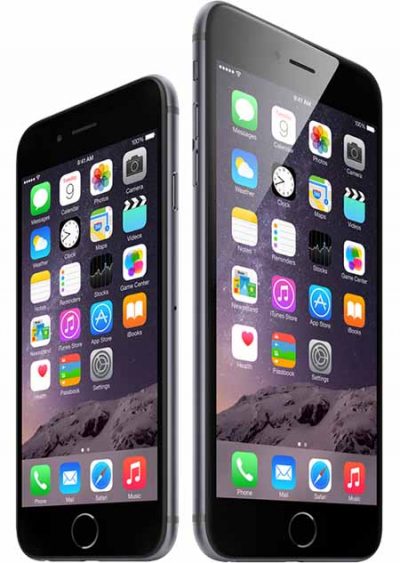 We all love the convenience of modern cellphones. They’re so much more than just phones — they’ve become our cameras, calendars, mailboxes, entertainment consoles and internet browsers.
We all love the convenience of modern cellphones. They’re so much more than just phones — they’ve become our cameras, calendars, mailboxes, entertainment consoles and internet browsers.
But all those apps, photos, videos and games compete for a limited amount of room in which to operate. If you’re not careful, your phone’s memory will quickly become the digital equivalent of a traffic jam. Suddenly, space is hard to come by, so everything slows down — and when it does, we no longer love our cellphone quite so much.
According to experts at Consumer Cellular, a wireless provider specializing in working with clients 50 and older, this doesn’t mean it’s time to scrap your phone. Instead, they recommend trying a few simple housecleaning steps, outlined below, before giving up on a sluggish device. These will help clear out most of the unwanted clutter and might just restore your phone’s performance back to nearly new.
Do you really use all those apps?
Take a long look at the apps you’ve downloaded, and decide which ones you use regularly and therefore need to keep. Delete the rest. Unused apps not only hog precious storage space, they also impact your battery life, as they are constantly restarting and running in the background without you even realizing it. You can always download an app again later if you discover you can’t live without it. But for now, get rid of the extras.
Learn to manage photos and videos.
Nothing beats the convenience of taking digital photos and videos on your cellphone. Unlike using film, there’s no set limit to how many you can take. But there definitely is a limit to how many you’ll want to keep stored on your device. Photos, and especially videos, chew up memory with each one you save. You also run the risk of losing the entire collection if something happens to your phone to wipe out its memory, or if it is lost or stolen.
Review your saved items frequently to make sure you’re not keeping too many duplicates. Perhaps most importantly, regularly back up your files to a computer, external hard drive, or cloud-based storage — then delete all (or most) of them from your phone. This will take a few extra minutes, but it’s time well spent: it not only frees up space on your device, it also safeguards against your precious memories getting wiped away.
Clean up after browsing.
When you surf the internet on your phone, each website stores a unique collection of images, videos, or text files required to display things like web pages and advertisements. These files makeup what’s called the phone’s cache memory, or cached data.
Cached data is saved within your browser so that next time you access the site you already have the information necessary for it to load quickly. It’s a wonderful tool for web pages you visit frequently. But for sites you’ll rarely visit again, these files simply take up valuable digital real estate. As they accumulate, you’ll start to notice web pages taking a lot longer to load, making your browsing experience much less enjoyable.
To avoid this, make it a habit to periodically clear your cache memory. While each Android phone or iPhone is slightly different, the general process will include going to the “Settings” menu on your phone, then locating your Storage, Apps, or Applications Manager menu. Cached data is usually stored here, clearly labeled. Follow the prompts to delete unwanted files.
Make your contacts count.
Without careful attention, your “Electronic Phone Book” can overflow with duplicate entries or just-plain unimportant contacts. The cost of all that extra data is not only time wasted scrolling through extraneous information; it’s also eating up memory you could use for more valuable things.
Review and organize your contacts regularly to make sure you have a well-organized and up-to-date list. Group a person’s work, cellphone, and home phone number together under a single entry. Delete entries you won’t likely need again. And sync your contact list with your Apple or Google contacts to create a backup, just in case anything happens to your phone or its stored data.
Keep it as good as new.
Just keep in mind that while cellphones are wondrous, state-of-the-art technology, that doesn’t mean they won’t require some good old-fashioned human intervention from time-to-time.
Your phone, and your enjoyment of it, will benefit tremendously from regular monitoring and simple maintenance. Whether you’re using an entry-level flip phone or the most advanced smartphone, a little TLC will go a long way toward keeping things operating efficiently and extending the useful life of your device.

